The reaction time of an untrained individual is usually between 200 and 300 milliseconds, compared to the average human blinking speed of about 100 milliseconds. However, many animals react much faster than humans. In today's topic, we will introduce the 10 fastest-reacting animals in the world, including Camilla ants, splay-necked spiders, big-toothed ants, hummingbirds, aquarium/portuguese-man-of-war.html">Portuguese man-of-war jellyfish, fleas, flies, etc. Let's get to know them together.
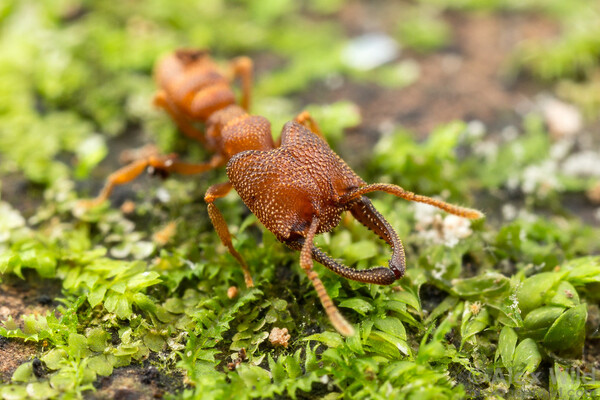
1. Camilla ants (0.023 milliseconds to complete a bite)
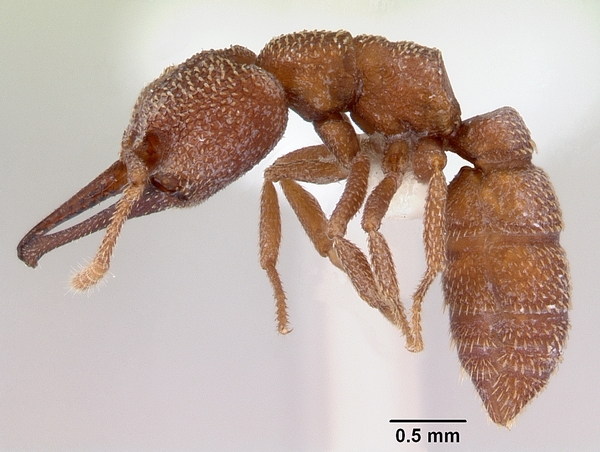
Camilla ants, commonly known as vampire ants, are mainly distributed in Australia, Southeast Asia, and tropical Africa. They are one of the fastest creatures on earth to open and close their appendages. According to statistics, in the case of these ants, it takes only 0.000015 seconds from rest to open the jaws, which is equivalent to a speed of 320 kilometers per hour, or 5,000 times the speed of a human blink. The speed of this sting is incredible and amazing. The jaws of these ants can accelerate to 320 kilometers per hour in 0.000015 seconds, and have a strong impact force that can destroy and stun many larger insects such as termites at close range. As of 2024, Camilla mites hold the title of the fastest animal in the animal kingdom.
2. Spread-necked spider (0.07 milliseconds to complete a bite)
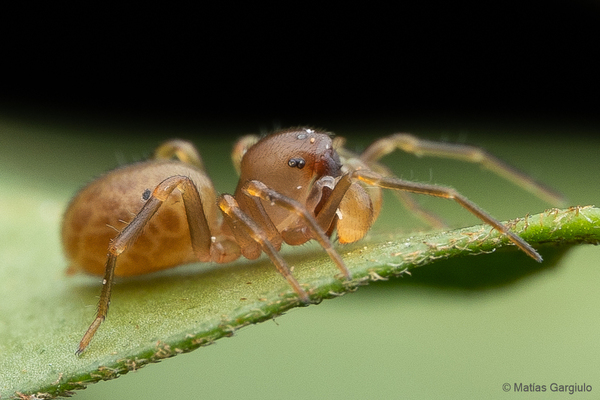
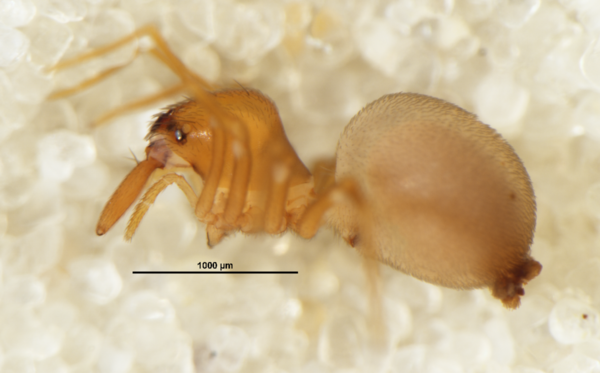
Spread-necked spiders have topped the animal sensitivity rankings for two years. In 2016, the highly-anticipated journal Cell's Current Biology published a remarkable study that used high-speed photography to systematically measure the bite speed of the spiders of the family Zearchaea. The study revealed that the Zearchaea spider, which belongs to the family Zearchaea, can complete a strike in an astonishing 0.12 milliseconds (considering the average speed of the three spiders, the fastest one reached an astonishing 0.07 milliseconds). This bite speed set an unprecedented record. The force required for the fastest attack is about 200 times the maximum force that a human leg muscle can withstand when jumping. This discovery broke the 10-year record of the giant ant and demonstrated the unique bite speed and strength of the spiders of the family Zearchaea in the animal kingdom.
3. Big-toothed Ants (0.13 milliseconds to bite prey)

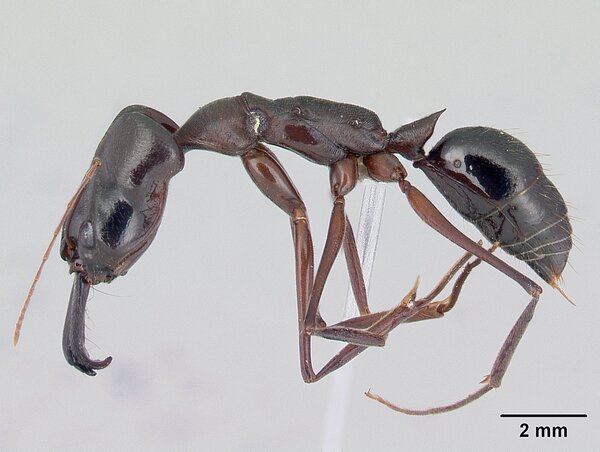
Big-toothed Ants were once ranked first in the animal nerve reaction speed ranking, and this record was maintained for 10 years. Scientific research shows that these ants are one of the fastest attacking animals on earth and are known as the most lethal species in the ant tribe. According to research, big-toothed ants can quickly close their mouths and bite prey in just 0.13 milliseconds, which is 2,300 times faster than the speed of human blinking. Not only that, the mouth-closing action of these ants is also extremely strong. Although they weigh only 12.1 to 14.9 mg, each time they close their mouths, the bite force of the upper and lower jaws can reach 300 times their body weight. To vividly describe the speed and strength of the big-toothed ants, you can imagine such a metaphor: their speed is equivalent to 125 to 233 kilometers per hour, and they complete the hunt in an instant.
4. Hummingbird (take off within 0.2 milliseconds)
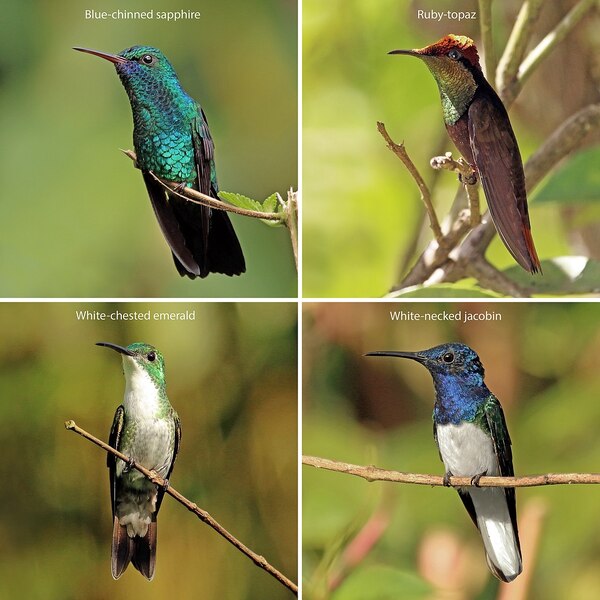

Hummingbirds are known as one of the smallest birds in the world, and also one of the fastest animals, with amazing reaction speed. They can fly at a speed of 90 kilometers per hour, and when diving, they can break through to 100 kilometers per hour. The metabolic rate of hummingbirds is the highest in the animal kingdom. Their heart rate is as high as 500 beats per minute. The contraction speed of muscles in flight is only 8 milliseconds, and each flap of wings takes only 16 milliseconds. Don't forget that when hummingbirds escape, the reaction speed of their muscles is even more amazing, and they can make movements in just 4-10 milliseconds. When a hummingbird encounters danger, its speed is even faster, and it can react by jumping in just 0.2 milliseconds, and this action is even difficult to detect with the naked eye.
5. Portuguese Man-of-War (attack within 1 millisecond)
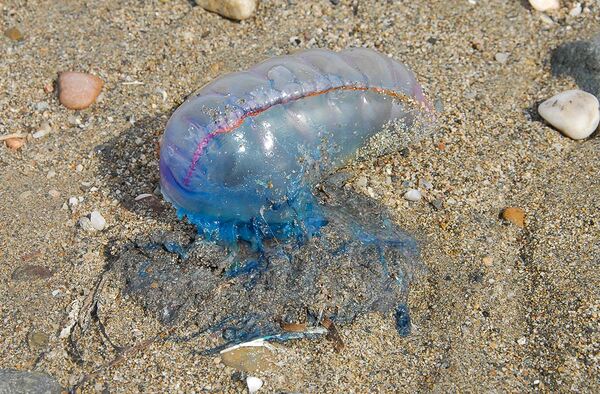
Portuguese Man-of-War shows an amazing reaction speed, making it one of the fastest masters in the animal kingdom. They rely on strong muscles and a keen nervous system to react quickly. The slender tentacles swaying in the sea are their sharp blades, which can stretch up to 30 meters. Each tentacle is covered with thousands of cnidocytes, waiting for small fish to touch it. Once the prey touches these deadly tentacles, the cnidocytes are like springs that fire at the prey within 1 millisecond, releasing highly toxic neurotoxins. The trapped fish was immediately pulled up, followed by the aquarium/portuguese-man-of-war.html">Portuguese man-of-war, and the feeding trophozoites began to secrete digestive juices to complete the digestion and absorption process. This unique hunting method makes the aquarium/portuguese-man-of-war.html">Portuguese man-of-war an unrivaled predator in the ocean.
6. Fleas (reaction speed within 2 milliseconds)

In the ranking of animal sensitivity, fleas are one of the top ten headaches. This pest is widely distributed around the world, with as many as 2,500 known species, of which about 650 are in China. Both male and female fleas are blood-sucking and extremely sensitive to temperature. They can only survive and parasitize when the host's body temperature is normal. Once the host's body temperature rises or the body temperature drops after death, the fleas will immediately transfer to other hosts to suck blood. This means that fleas on dogs, cats, and mice may also transfer to humans to suck blood.
According to biological research, the back muscles of fleas react incredibly quickly, within just 2 milliseconds. Coupled with their strong "thigh" muscles, they have amazing jumping ability. This power allows them to quickly jump between different animals, so as to better find new hosts.
7. Flies (7 milliseconds to take off)
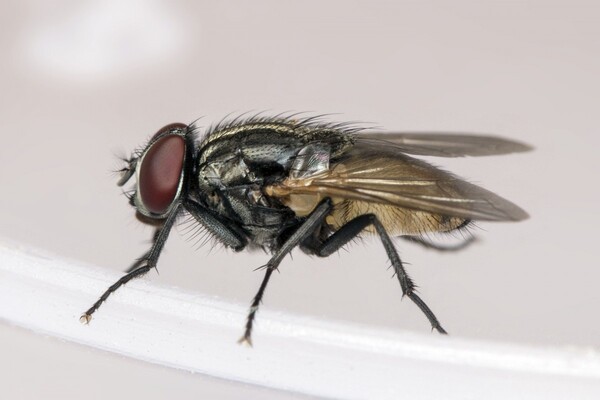
In the animal kingdom, flies are one of the famous flexible animals, which always give people headaches. Scientists used a high-speed camera with 3000 frames per second to record the moment when flies took off, and surprisingly found that the take-off speed of houseflies was 5 times that of ordinary flies. In just a few milliseconds, even the slowest fly took off at a speed of no more than 39 milliseconds. Among the flies that humans often come into contact with, the slowest take-off speed does not exceed 14 milliseconds. Flies only need to flap their wings four times to take off, which means that humans need to "kill" flies in just 7 milliseconds.
However, humans perceive the outside world at a frequency of 60 Hz, compared to flies at only 250 Hz, so flies receive four times more information per second than we do. This frequency gap means that flies react much faster than humans, allowing them to avoid our pursuit in many cases.
8. Star-nosed Mole (The Fastest Mammal)
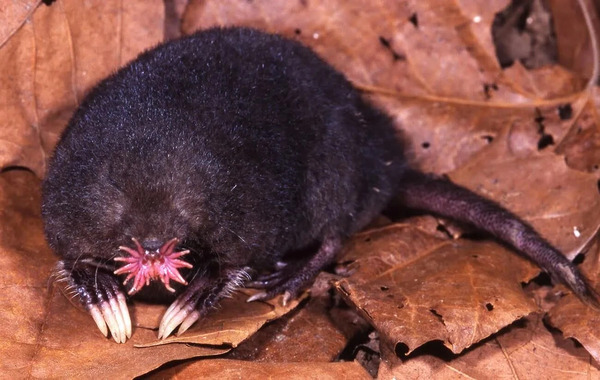
Among mammals, there is a well-known animal that is considered the most sensitive, and that is the star-nosed mole. These animals are known for their unique 22 tentacles that bloom like star-like light, hence the name. With these tentacles around the tip of the nose, the star-nosed mole can easily find prey in a completely dark environment. Compared with other moles that hunt only by smell, their ability to detect prey is several times stronger.
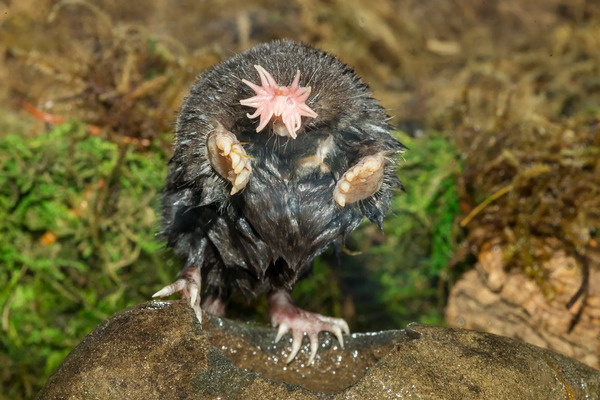
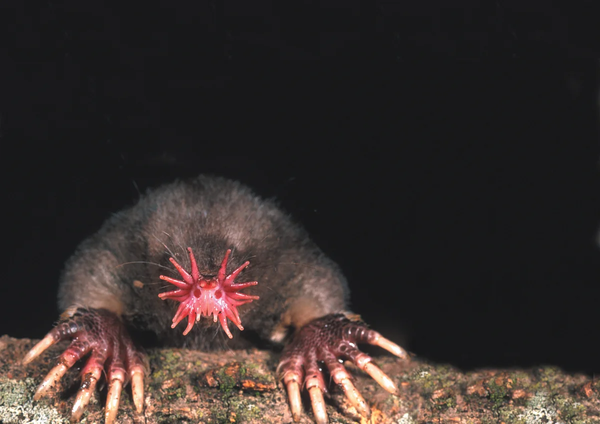
The star-nosed mole's sensory system is extremely sensitive. They can even sense the movement of animals within 8 milliseconds, which makes them certified by Guinness as one of the fastest predators. There are more than 100,000 surface nerve endings on the tentacles of star-nosed moles, which makes them excellent at preying on small prey. From using star-shaped appendages to detect touch to preying on prey, the whole process only takes 0.2 seconds to 1 second, showing its high efficiency and speed in predation.
9. Cockroach (hip muscle reaction time is 4-10 milliseconds)
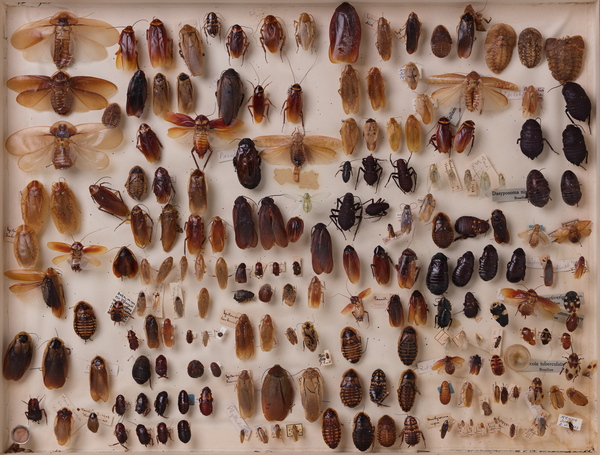
Cockroaches have a pair of extremely slender and long tentacles, which are like a kind of detection function similar to antennas. Their olfactory receptors are located on this pair of antennae, which enables cockroaches to smell the odor of material molecules at a concentration of only one part per million. In addition, each cerci has about 220 fine hairs, which constitute a kind of wind receptor.
Once people try to catch cockroaches, they will inevitably cause some turbulence in the air. The cerci at the end of the cockroach's tail are an extremely complex vibration receptor, which has the function of being able to sense where the external stimulus comes from. When escaping, the cockroach's hip muscle reaction time is very fast, about 4 to 10 milliseconds, showing their amazing mobility and adaptability.
10. Lizard (10 milliseconds to respond to fast-moving objects)
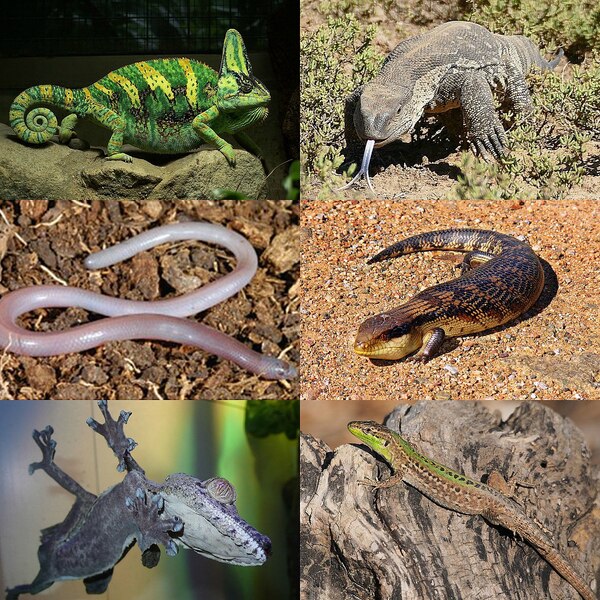
Lizards are very magical reptiles, and their rapid movement speed has earned them the reputation of "sprinters". Despite being cold-blooded animals, lizards have a relatively slow body and metabolism, but they can show amazing escape ability in a very short time, escaping from their predators. In addition, lizards have excellent vision and hearing, and can detect odors and track the location of prey with the help of their long tongues.
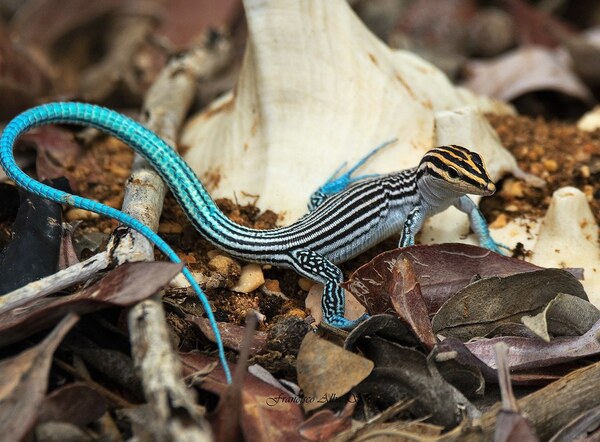
Lizards have a keen observation ability for the location and movement of their predators, and can react to fast-moving objects and start hunting in about 10 milliseconds. These characteristics make lizards not only amazing creatures in the animal kingdom, but also show their unique and outstanding survival skills.
Ranking of the 10 fastest animals in the world. This list is mainly based on the reaction speed of animals and a comprehensive reference to relevant rankings and lists on the Internet. As of June 4, 2024, this list is for entertainment reference only, and you are welcome to correct it in the comments.
animal tags:
We created this article in conjunction with AI technology, then made sure it was fact-checked and edited by a Animals Top editor.